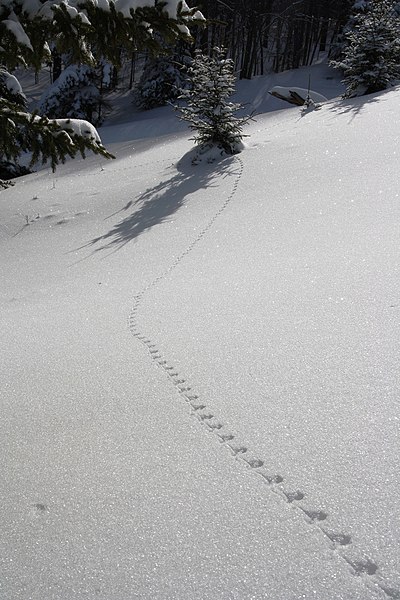
The Northeastern US recently faced significant lake-effect snow, causing chaos on roads and prompting school closures. Constableville, New York, was particularly hard hit, accumulating
42.7 inches of snow, as reported by NBC News.
This could become a more frequent occurrence for Northeasterners due to research indicating a possible increase in lake-effect snowfall with a warming climate.
Lake-effect snow arises when frigid air from Canada traverses the Great Lakes, creating clouds capable of dumping two to three inches of snow per hour.
The intensity of this phenomenon correlates with the warmth and ice-free nature of the lakes, alongside the contrast between the cold Canadian air and the lake temperatures, as per insights from Tom di Liberto at the National Oceanic and Atmospheric Administration.
As temperatures rise, the lakes are anticipated to remain warmer and free from ice for more extended periods. Consequently, when the chilly Canadian air arrives, the potential for severe Lake Effect Snow escalates, potentially resulting in heavier snowfall across the Northeastern US.
With Earth briefly surpassing the 2-degree Celsius warming threshold this summer, there are concerns about more extreme climate impacts. This includes the potential for increased Lake Effect Snow, coupled with the likelihood of extreme heatwaves, droughts, and water scarcity across various regions.
However, di Liberto's research indicates that this surge in snowfall might only be temporary. Over time, the cold Canadian air might also warm, potentially leading to a scenario where, if the Northeast isn't cold enough, the Lake Effect Snow clouds could yield rain instead. Photo by U. S. Fish and Wildlife Service - Northeast Region, Wikimedia commons.






































